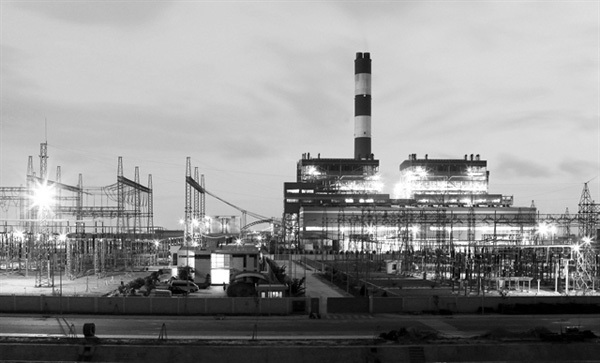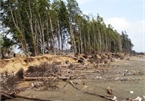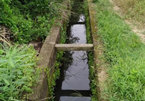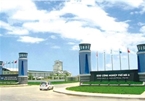the Ministry of Natural Resources and Environment (MONRE) warned in its draft 2019 report on environment protection released on Tuesday.
 |
| Vinh Tan Power Centre has been criticised for causing air pollution in Binh Thuan Province. — VNA/VNS Photo Ngoc Ha |
Major sources of environmental pollution come from socio-economic development activities, the ministry stated, reflected in 372 industrial zones being established last year, including 280 coming beginning operation, 29 more than in 2018.
In addition, with nine industrial clusters added in 2019, Vietnam now has 698 clusters.
Along with factories and manufacturing areas, high polluting industries including metallurgy, mining, ship demolition and thermal power are placing Vietnam’s environment under pressure.
MONRE’s data shows more than 5,000 mines and natural resource exploiting areas, 300 paper production factories, 25 thermal power plants under commercial operation and 65 iron and steel production projects have a capacity of 100,000 tonnes per year each nationwide.
The ministry also pointed out companies generating large amounts of toxic waste such as Nghi Son Refinery in Thanh Hoa Province, Hung Nghiep Formosa Steel Plant in Ha Tinh Province which caused the marine life disaster in four central provinces in 2016 and Lam Dong Aluminum-Bauxite Complex which has been blamed for damaging the Central Highlands’ environment.
As of December 2019, there were 171 facilities causing serious environmental pollution which had not implemented complete measures to tackle pollution.
On more than 31,600 farms nationwide, up to 1,000kg of fertiliser and 2kg of pesticide are used for each hectare of agricultural land annually.
The ministry estimates about 240 tonnes of toxic solid waste is discharged into the environment from agricultural activities annually.
According to MONRE, the number of handicraft villages and cities also increased over the past two years.
There are some 4,500 villages focusing on making traditional products nationwide. The country’s urbanisation rate in 2019 reached 39.2 per cent, up 0.8 per cent compared to 2018.
Transportation, the ministry says, is one of the main causes of air pollution, especially in highly populated urban areas.
The number of cars in 2019 rose by 12.2 per cent compared to the previous year, standing at 3.6 million.
Climate change is also threatening Vietnam’s security of water, food and ecosystem and worsening existing pollution.
While coastal localities struggle to deal with ocean plastic and oil spills, Mekong Delta provinces are sinking under the impact of sea-level rise and dam-building on the Mekong River.
The country is expected to suffer its highest temperatures ever recorded in 2020, according to Meteorological and Hydrological Administration.
Due to the impact of global warming and the melting of glaciers, 2020 will be the year of escalating and complicated natural disasters.
The annual flood peak at the headwaters of the Cuu Long (Mekong) River on Tien River in Tay Ninh Province’s Tan Chau Town and Hau River in An Giang Province’s Chau Doc District is predicted to be 0.2 to 0.4 m lower than the annual flood peak and will appear by the end of September. VNS

Natural disasters bring about US$13.55 million damage in Southern Vietnam
Natural disasters caused 16 people dead and missing, injured 54, damaged and inundated 17,713 houses, with the total damage of VND315 billion (US$13.55 million) in the Southern region during the first nine months of 2019.

Factories in residential area blamed for water pollution
Some small factories in the northern city of Hai Phong have been blamed for polluting local water resources with untreated wastewater.

Air and noise pollution problems persist in north VN
The Department of Environment has announced six locations facing serious pollution in the north.
 An increase in the number of industrial zones has been polluting Vietnam’s environment, and there are no appropriate solutions in place,
An increase in the number of industrial zones has been polluting Vietnam’s environment, and there are no appropriate solutions in place,